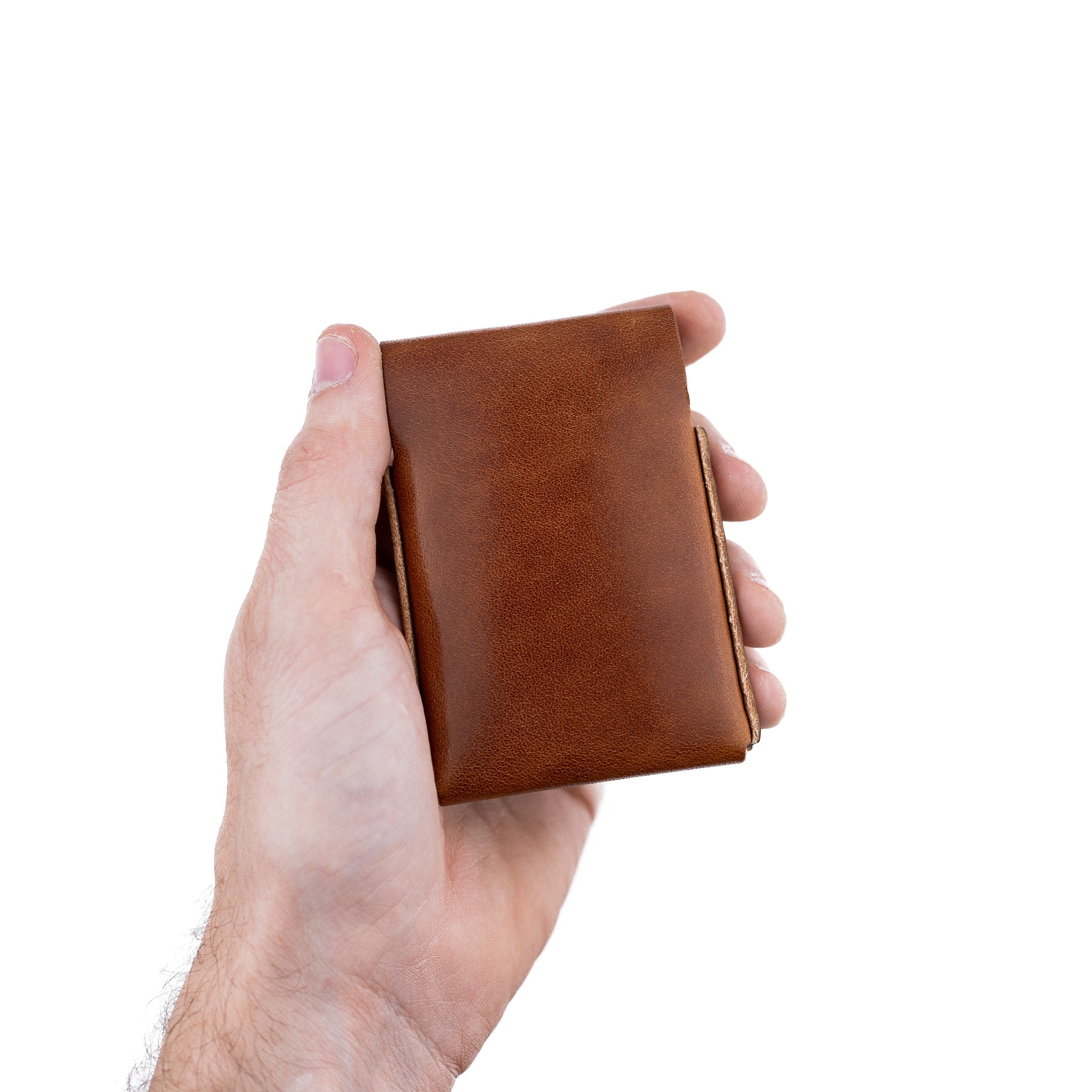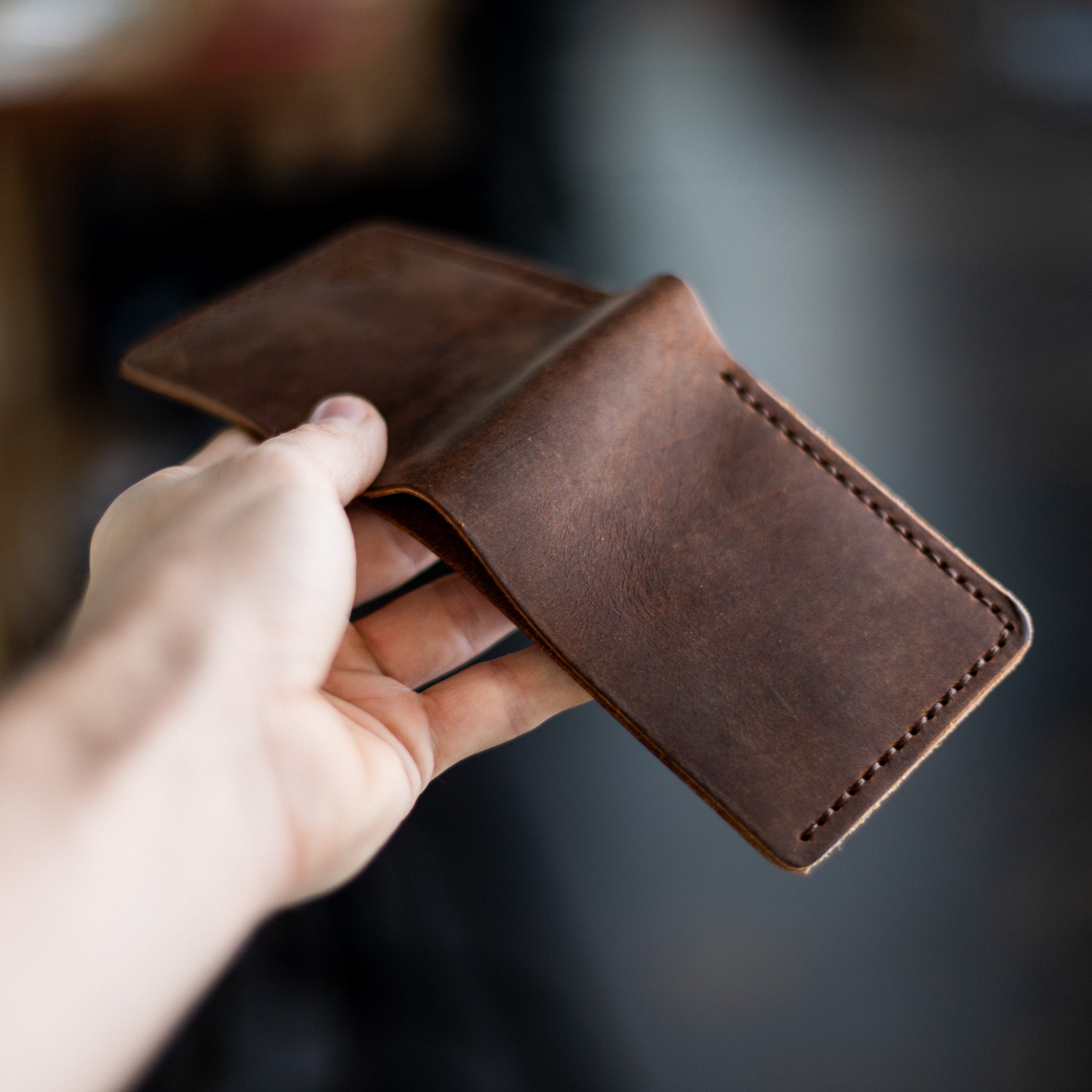
Removing Leather Scratches Naturally
It happens to everyone. You’ve just picked up a new leather wallet, a rugged belt, or even a handmade leather tray. For a while, it feels perfect, smooth, pristine, and full of promise. Then it happens: a faint scuff from your keys, a line from sliding across a rough surface, a scratch that makes your heart sink.
The good news is that Most of these marks are not permanent scars. They’re minor surface abrasions that can be reduced or even erased with simple, natural methods. In fact, some become part of the patina that makes full-grain leather so special. Instead of panicking, it’s better to view scratches as a chance to deepen your connection with the material.
This article will show you how to remove scratches from leather using natural remedies you likely already have at home. These methods aren’t just practical; they keep your goods healthy, sustainable, and aging beautifully.
The Anatomy of a Leather Scratch
Not every scratch is the same, and understanding the difference is the first step toward fixing it.
A scratch is a disturbance in the top fibers of the hide. When something scrapes across the surface, those fibers are displaced, much like how skin looks after a scrape. Most scratches are shallow, sitting only in the top layer of the grain. These can be treated easily with simple remedies.
Deeper scratches, however, cut into the structure of the leather. These may require professional repair or dye work to restore.
How Leather Type Affects Scratches
-
Full-Grain Leather – The most resilient and natural cut of hide. Scratches often blend into the patina over time, becoming part of its character. This is the leather used in pieces like The Franklin Wallet and The Belt.
-
Top-Grain Leather – Sanded for uniformity. Scratches may show more clearly, though they can still be treated with conditioning and oils.
-
Corrected or Genuine Leather – These lower grades have finishes applied. Scratches often break through the surface layer, making them harder to repair naturally.
-
Suede and Nubuck – With their soft nap, scratches look different, more like shiny marks or dark streaks. They need special brushes rather than oils.
Knowing your leather helps you pick the right remedy.
Your Natural Leather Scratch Remover Kit
The beauty of natural leather care lies in its simplicity. Most of what you need is already in your home:
-
Olive Oil – Moisturizes fibers and darkens light scratches to blend them.
-
White Vinegar – Swells fibers slightly, helping them close back together. Always dilute.
-
Soft Cloths – Microfiber is ideal, since it won’t scratch further.
-
Water – For cleaning and diluting.
-
Leather Conditioner – The essential finishing step. Without it, scratches may return or worsen.
Method 1: Using Olive Oil for Surface Scuffs
Olive oil works as a natural leather scratch remover for light scuffs. It nourishes and darkens the affected fibers, blending them back into the surface.
Steps:
-
Clean the area – Wipe gently with a damp cloth. Let dry.
-
Apply oil – Dab a few drops on a cloth. Less is more.
-
Massage in circles – Rub gently over the scratch.
-
Buff dry – Use a clean cloth to absorb excess oil.
-
Let rest – Allow time for absorption. Repeat if needed.
This method works wonders on high-touch items like wallets. A faint scuff on The Mini Franklin, for example, can often vanish with one treatment.
Method 2: Vinegar and Water for Deeper Scratches
When scratches cut deeper, olive oil may not be enough. A diluted vinegar solution helps swell fibers, closing the gap.
Steps:
-
Mix equal parts vinegar and water.
-
Test on a hidden area first.
-
Dampen a cloth with the solution. Rub gently into the scratch.
-
Wipe away immediately with a damp cloth.
-
Once dry, apply conditioner generously.
I once used this on a vintage briefcase with a long scrape. After care, the mark softened to a faint shadow, blending with the patina. For pieces like The Belt, this method can restore strength without professional tools.
Preventing Scratches Before They Happen
The best fix is prevention. Scratches are natural, but you can minimize them with simple habits:
-
Condition regularly – Keeps leather supple and resistant to surface abrasions.
-
Use a catch-all tray – Items like our Catch-All prevent wallets and keys from colliding.
-
Separate storage – Never keep a wallet in the same pocket as coins or keys.
-
Mind your surfaces – Avoid rough tabletops or concrete.
-
Protect from extremes – Sunlight and heat dry leather, making it brittle and prone to scratches.
Think of conditioning as armor and mindful use as a strategy. Together, they reduce both the number and severity of marks.
Seasonal Scratch Management
Leather behaves differently across seasons:
-
Summer – Heat makes fibers dry, leading to more visible scratches. Condition more often.
-
Winter – Indoor heating dries hides, so keep them moisturized.
-
Rainy Seasons – Water exposure can make scratches darker and more visible. Always let leather dry naturally, then condition.
Seasonal care keeps scratches from becoming lasting damage.
Real Stories of Leather and Scratches
One customer shared a story of his Vertical Dutchman Wallet. After a week in his pocket with keys, it developed light scuffs. At first, he was frustrated. But after a quick olive oil treatment and conditioning, most scratches disappeared, and the rest blended into the patina. Now, he calls those marks “the wallet’s way of keeping track of my life.”
Another story comes from a rancher’s belt. Scratched constantly by tools and fencing, it was conditioned after each season. Over 20 years, the scratches didn’t ruin it, they deepened its character. The belt became a record of labor, preserved by steady care.
When to Call a Professional
Natural methods work for everyday scratches, but not for everything. Call an expert if:
-
The scratch is deep enough to expose fibers.
-
A large surface is affected.
-
The item is highly valuable or sentimental.
Professionals use dyes, fillers, and specialized tools. They can often restore an item close to new. It’s not defeat, it’s respect for the craft. If you need advice on whether a scratch can be treated at home, you can always contact us.
Embracing the Patina
Not every scratch needs to disappear. In full-grain leather, small marks contribute to a unique patina. Over time, they blend into a rich, glossy surface that reflects your life.
Think of it like a favorite pair of jeans that fades at the knees. The marks aren’t flaws, they’re proof of use, of ownership, of memory. That’s the beauty of investing in full-grain goods like the wallet collection or belts collection. They don’t wear out, they wear in.
Carrying Leather Forward
Removing scratches isn’t just about appearance. It’s about respect for the material and the craft. Each time you care for your wallet, belt, or tray, you reinforce its strength for years to come.
At Lost Dutchman Leather, we believe in making goods that age with dignity. A scratch is not the end, it’s an invitation to care, to connect, and to continue the story.

